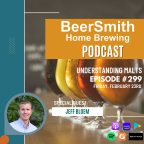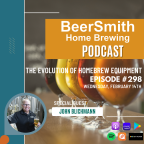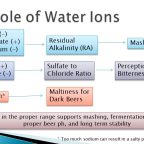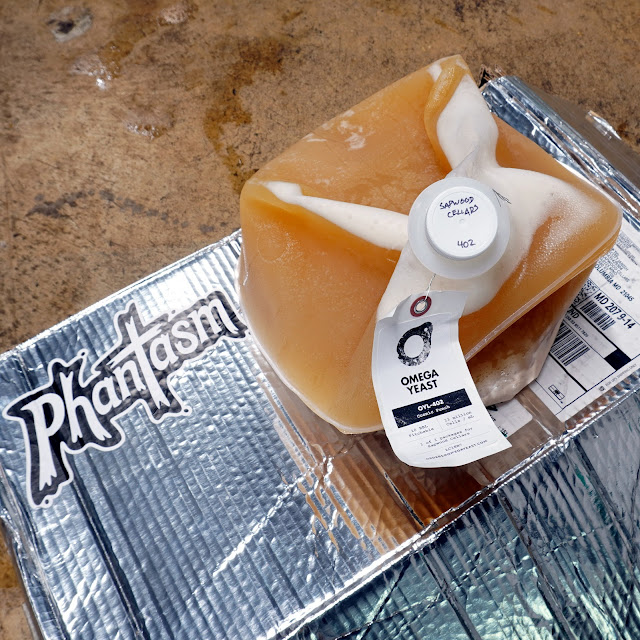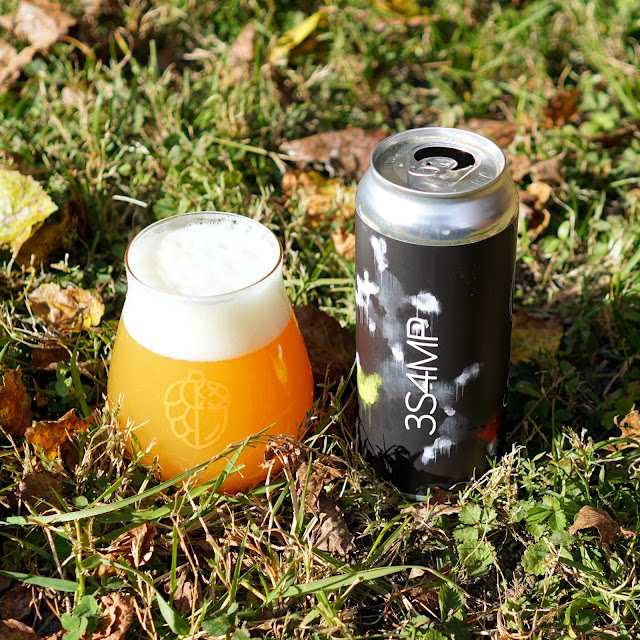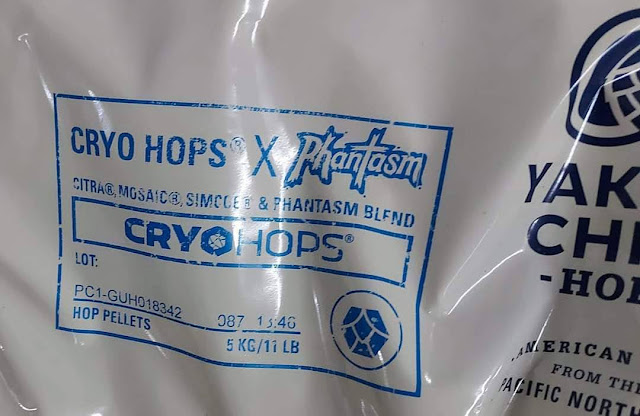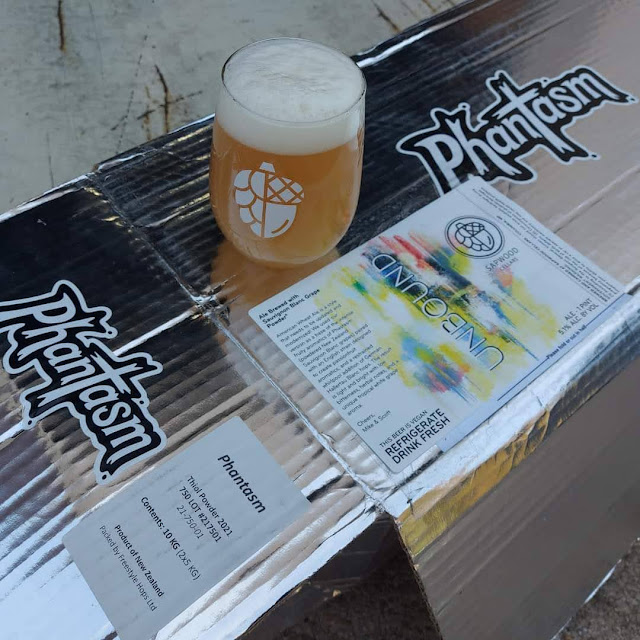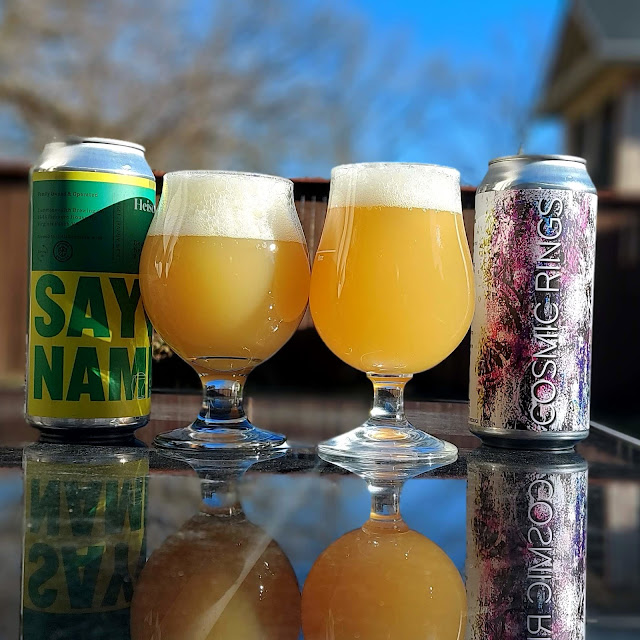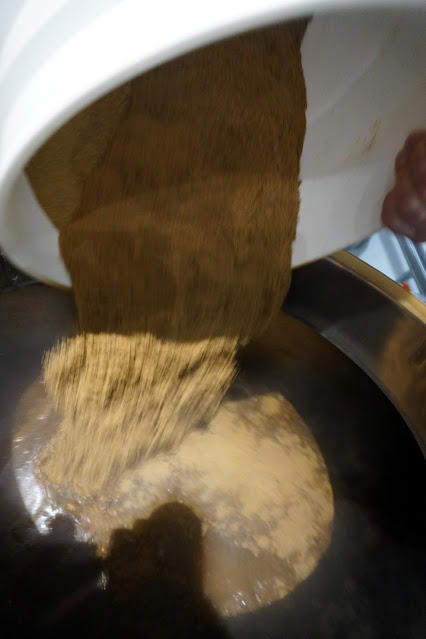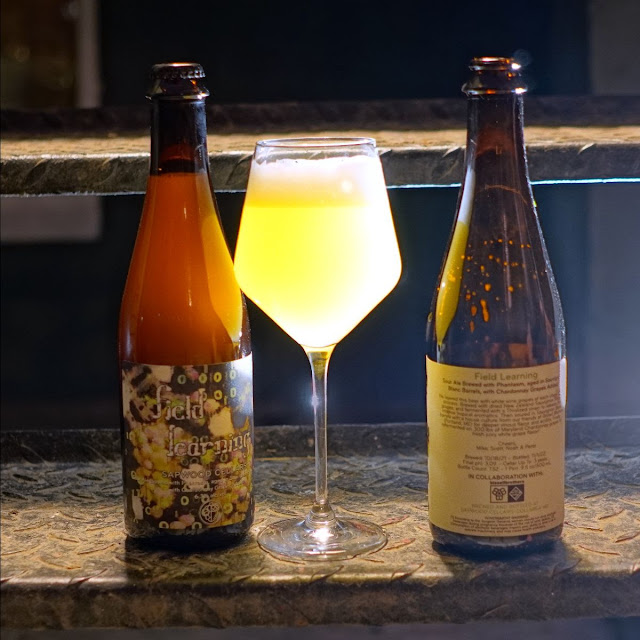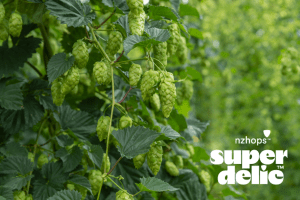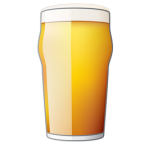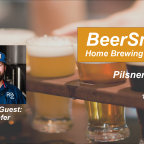 Max Shafer joins me this week to discuss Craft Pilsners, decoction and controlling the pH of your beer during the whirlpool and for dry hopping. Subscribe on iTunes to Audio version or Video version or Spotify or Google Play Download the MP3 File– Right Click and Save As to download this mp3 file. Your browser […]
Max Shafer joins me this week to discuss Craft Pilsners, decoction and controlling the pH of your beer during the whirlpool and for dry hopping. Subscribe on iTunes to Audio version or Video version or Spotify or Google Play Download the MP3 File– Right Click and Save As to download this mp3 file. Your browser […]  Max Shafer joins me this week to discuss Craft Pilsners, decoction and controlling the pH of your beer during the whirlpool and for dry hopping. Subscribe on iTunes to Audio version or Video version or Spotify or Google Play Download the MP3 File– Right Click and Save As to download this mp3 file. Your browser […]
Max Shafer joins me this week to discuss Craft Pilsners, decoction and controlling the pH of your beer during the whirlpool and for dry hopping. Subscribe on iTunes to Audio version or Video version or Spotify or Google Play Download the MP3 File– Right Click and Save As to download this mp3 file. Your browser […] 